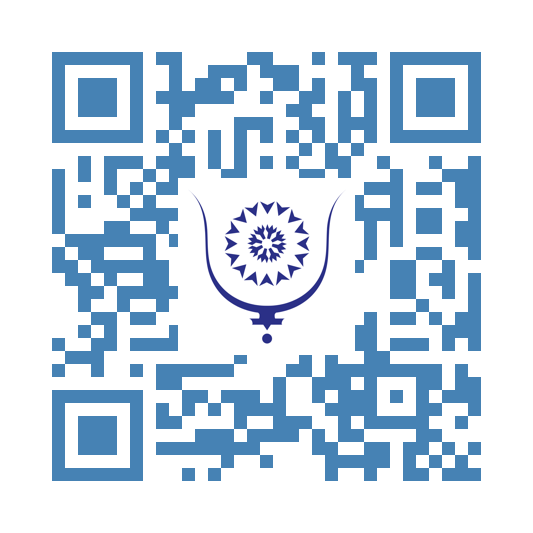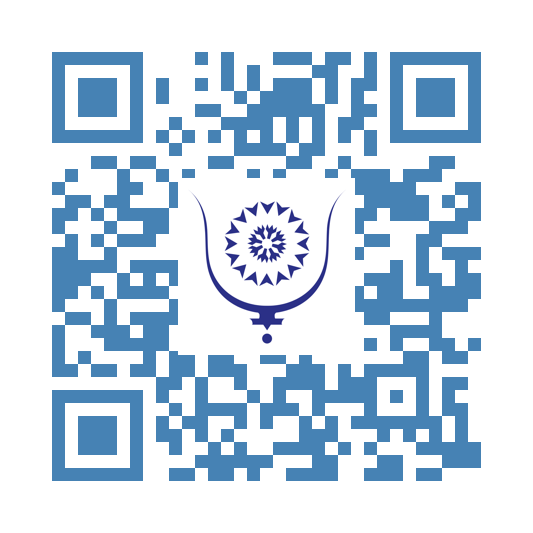Genèse... 1497
Genèse
Je me plais beaucoup à regarder par les fenêtres, n’importe quelles fenêtres. Les fenêtres m’ont toujours offert un tableau de la vie. Un tableau qui change tout le temps, un tableau que je suis le seul à voir avant qu’il ne disparaisse à jamais. C’est peut-être de là que me vient le gout de l’éphémère. C’est ma seule certitude.
Ce dont je suis certain aussi est que cela me vient du fait que bébé et jeune enfant ma maman me mettait à la fenêtre où je m’agrippais à un grillage. Une occasion d'être à la fois dedans et dehors et de la laisser vaquer à ses nombreuses responsabilités de femme au foyer. C’était un grillage traditionnel marocain, bien de chez nous. Aujourd’hui j’ai repris ce même design de grillage aux fenêtres et aux balcons de ma maison.
Je suis en fait resté l’éternel enfant de ma maman, sans doute comme nous le restons tous, mais probablement différemment, autrement, particulièrement.
La fenêtre est une échappatoire de l’exiguïté de la maison. Toutes les maisons sont exiguës en fait. La maison paradoxalement à sa petitesse est un espace de liberté, d’intimité et de sécurité. Elle est aussi un espace qui éloigne l’horizon et le rend sublime. La fenêtre me permettait de lever la tête et de regarder loin. Le plus loin que cette fenêtre me permettait de voir.
La maison cultive le rêve, la fenêtre l'arrose.
Le soir de la disparition de ma maman, je me suis mis à la fenêtre. Il me sembla réécouter sa voix me parlant de loin pour me rassurer. Ma maman m’aimait beaucoup. Elle ne le disait pas mais me le faisait sentir par le ton de sa voix, par son regard et un léger sourire du coin des lèvres. Un sourire dont elle avait le secret. Il était génétique le sourire de ma maman. Je voyais bien qu’elle le tenait de ma grand-mère. Elle avait le même sourire Cherifa Lalla Zhour.
Ma maman n’était pas expansive.
Elle a étendu son amour à mes enfants plus tard et je le ressentais. J’étais son ainé, sa première expérience de femme, ses premières douleurs, son premier accouchement, le premier cri de bébé à ses oreilles.
Je lui dois beaucoup à ma maman, la sensation du crayon à la main, la palpation de la douceur du papier avant d’y écrire, le gout de la lecture et le plaisir du travail manuel.
Ma maman a fait partie des premières classes de l’école moderne à Fès. Mon grand-père maternel Si Ahmed Ben Ali, avait eu l’intelligence de la mettre à l’école contre l’avis des gens d’alors, famille, voisins et curieux. Elle parcourait une longue distance de Saqaet El abbassyine à son école. C’était à Fès j’did, quartier de grands nationalistes, intellectuels, artistes et commis de l’état : Bahnini, Benbouchta, Moulay Ahmed El Alaoui, Ahmed Chajai et tant d’autres, C’est le fief du Wydad de Fes.
J’ai beaucoup de souvenirs merveilleux à Saqaet El Abbassyine. De temps à autre je vais marcher là, histoire de me ressourcer. Le délabrement de Bab Riafa, le passage triste par Lalla ghriba pour arriver à Saquaet El Abbasyine, la continuité par Sidi Hmama pour arriver a Qobt Assouk, m’attristent à chaque fois. Alors pour ravaler ma douleur et ma peine, je m’en vais m’attabler à Bab Boujloud pour y déguster un bon verre de thé préparé dans un samovar traditionnel, sous le fameux murier.
La magie de Fès n’a pas d’égale.
Mon père lui, c’était l’affection dans l’absolu. L’Homme exemple. L’Homme qui a forgé ma fierté et engagé ma vie au service du pays. Marocain dans l’âme, attaché à la terre de ses ancêtres. Fier d’avoir été nationaliste actif contre le protectorat. Lui qui parlait de la lutte des siens contre les militaires français. Lui qui a gardé un souvenir des plus frais des combats de Bou Gafer et de la bataille courageuse des siens. Lui qui était heureux d’avoir servi son pays mais aussi déçu de l’évolution de certaines choses. Il disait qu’on était en train de perdre notre âme avec le déclin de notre attachement à nos valeurs ancestrales ; Lui dont toutes les familles de Rabat, l’ancien, se rappellent et se souviennent encore pour avoir soigné leurs enfants, soulagé leurs douleurs. Il est parti certain que le Maroc aurait pu mieux faire.
Il est resté attaché a ses parents et les adorait, attaché à sa terre natale qu'il visita chaque année, attaché aux siens auxquels il a offert un terrain pour y étendre le cimetière de Sidi Daoud, son village de toujours, aujourd'hui englouti dans un Ouarzazate sans âme. Je ne m'en étonne point. Mon père est descendant direct de Sidi Daoud, un Cheikh Soufi et grand Alem qui a laissé de nombreuses œuvres dont le fameux: Oumahat Al wataeq, Al mountafaa bih fi Anawazil.
Mon papa adorait Rabat et sa plage. C’est là qu’il a vu la mer pour la première fois de sa vie, lui qui vient de l’autre côté du Grand Atlas que le changement climatique est en train de changer.
C’est à la plage de Rabat qu’il a appris à nager.
Aujourd’hui sa tombe surplombe cette belle plage et l’océan. Sa sépulture baigne dans l’air marin qui souffle en continu sur le haut de la colline, gîte ultime de milliers d’âmes au repos, de vies riches et moins riches et de souvenirs à jamais disparues. Le cimetière renseigne fort bien sur la place que nous réservons à nos morts et elle n’est point à notre honneur.
Je suis donc comme mes frères et sœurs: Jalil, Moughni, Rajae, Atika, Abdelmoutaleb, Elhoussein, Soumaya, une sorte d’accident de la nature. Un papa qui vient d’Ouarzazate épouser une fille de Fès ; voilà qui était rare. Nous sommes en 1950.
Elle est toujours là la maternité où mes poumons se sont remplis pour la première fois d’air et où j’ai poussé le cri qui annonçait ma venue à la vie. On était mardi 11h37 du matin, le 15 mai 1951. A chaque fois que je passe par là, quelque chose me ramène à des souvenirs que je me suis fabriqués d’après les récits de maman. Je revois sa fierté à elle et la joie de mon papa à ma venue au monde.
Le hasard a fait que sur le chemin pour enterrer ma maman, et mon papa, quelques années plus tard, on a longé la muraille des almohades. La maternité historique de Rabat est juste derrière. La boucle fut ainsi bouclée.
Ma Maman s'appelait Lalla Amina Makhloufi et mon père Ahmed Belhoucine El Ouarzazi. Le préposé à l'état civil lui a imposé le nom de Daouda, sans doute parce qu'il est né à Sidi Daoud ou simplement parce que cette personne était sous le joug d'un séjour passé en Afrique sub-saharienne...
Aziz Daouda




